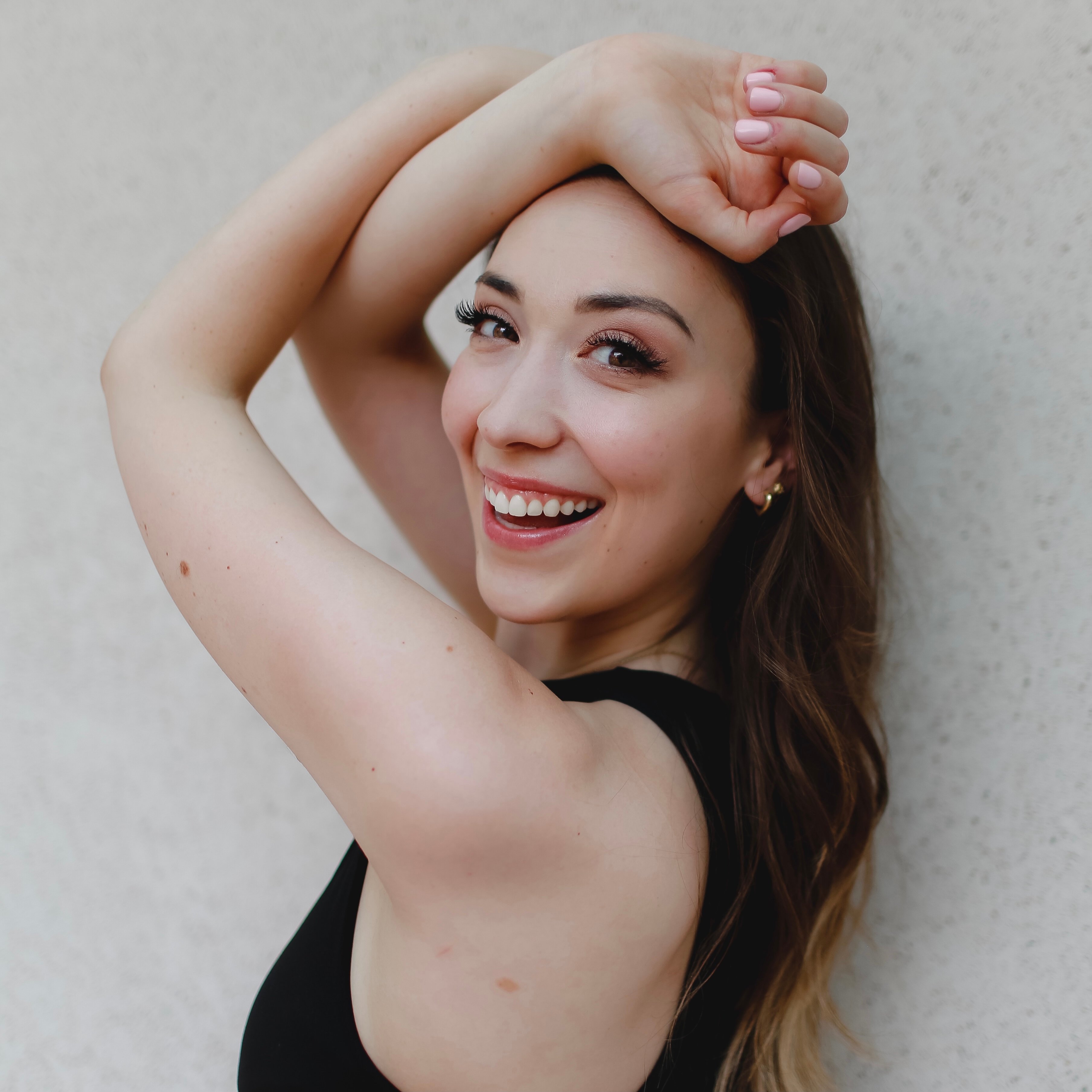Ballroom Tango originates from the alleyways of Buenos Aires in the late 19th century. In the infamous Barrio de las Ranas, dancers traded cultural rhythms and dance steps in and around the area's well-known brothels. From this melting pot emerged a highly passionate dance, one that the many in society shunned. However, it was popularized around the time of the First World War in the United States when the dance style flourished in American dance halls.
Today, the International and American styles of Tango incorporate elements of traditional Argentine tango as well as old-world ballroom.
Timing
Danced in a 4/4 time signature around 120 bpm, the Tango is counted in bars of eight. Alternate timings can include the use of slows and quicks, where a slow represents two beats and a quick represents a single beat.
Breakdown of Basic Step
Staccato actions, straight lines, sharp changes are typical of this dramatic dance. Learn more about the characteristics of Tango within our syllabus manuals here.
- Start with your weight on your left foot with your right foot free.
- Step back on your right foot.
- Step back on your left foot.
- Step back on your right foot.
- Step side on your left foot.
- Right foot almost closes to left foot (will walk back with right foot again when you dance the next basic step).
- Begin again!
- Start with your weight on your right foot with your left foot free.
- Step forward with your left foot.
- Step forward on your right foot.
- Step forward on your left foot.
- Step side on your right foot.
- Left foot almost closes to right foot.
- Begin again!


